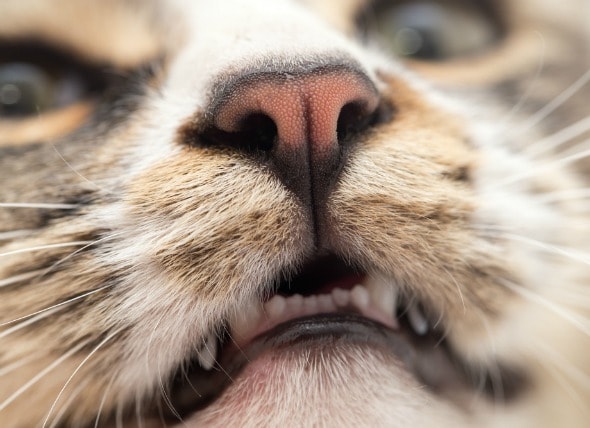chlamydia in cats transmission
How is Chlamydia Transmitted. Inflamed mucous membranes in the mouth.
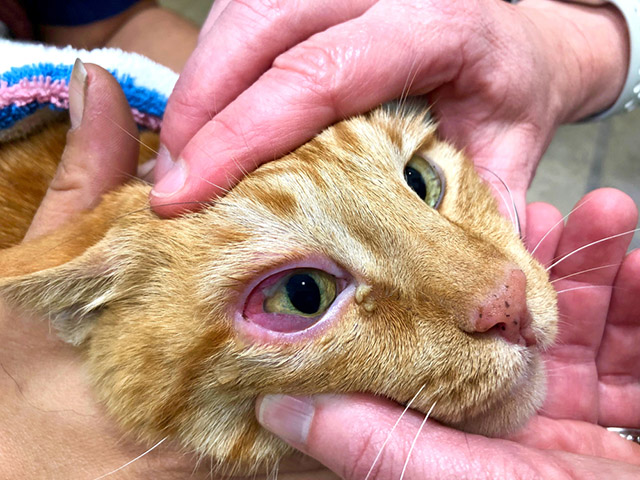
Red Eye In Cats And Kittens Due To Herpes Virus Infection And Chlamydia
Chlamydia infections can be easily transmitted to other pets.
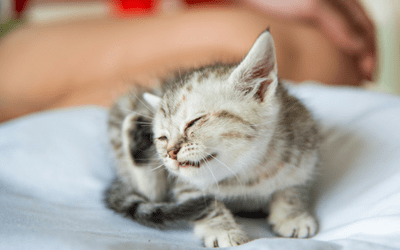
. Diagnosis of Chlamydia in Cats. Chlamydia is also easily transmitted to experimental animals including mice monkeys and rabbits. And Kochs Principles prove.
The disease in cats is also known as feline pneumonitis which can be misleading because these bacteria rarely cause pneumonia in cats. In general these are the 9 symptoms of chlamydia in cats. For example cats can become infected with one another via droplets.
Biology and Pathogenesis. Infection will occur once the infected cats are in contact with other cats. Because chlamydia lives inside cells of the body and is not able to survive for long in the environment spread of infection relies on direct or close contact with an infected cat.
An infection with Chlamydophila felis occurs either through direct contact with contaminated eye discharge or indirect contact with secretions from the respiratory tract. Since the bacteria cannot survive in the environment for a long period of time it can be easily destroyed with the use of household germicides. Since we have established this isnt an illness caused because your cat is catting around how does your cat catch Chlamydia and how do you know if he has it.
If you suspect your pet is sick call your vet immediately. Sykes J E Anderson G A Studdert V P et al 1999 Prevalence of feline Chlamydia psittaci and feline herpesvirus 1 in cats with upper respiratory tract disease. If you have questions or concerns about your cats risk of contracting chlamydia speak to your veterinarian.
We investigated 13 cats aged between 2 months and 7 years in which conjunctivitis rhinitis laryngotracheitis bronchopneumonia and lymph adenopathy was clinically diagnosed. Chlamydiosis infection affects the respiratory system the eyes the gastrointestinal system and the. Furthermore C psittaci has been found in numerous other mammalian species.
While there is a higher prevalence of this infection in kittens this condition is present. Even the bacteria causing chlamydia in humans and with cats are different. Cats in shelters boarding kennels and multi-cat households run a higher risk of contracting chlamydia.
ABCD follows a recent nomenclature proposal to classify all 11 currently recognized Chlamydiaceae. Felis is considered as a primary and important agent in the etiology of infectious diseases of the upper respiratory tract and eyes in cats having zoonotic potential. The cat Chlamydia is caused by the bacteria Chlamydia psittaci.
The bacteria that cause feline chlamydia typically cannot survive very long away from a host so this disease usually spreads by direct contact between an infected and an uninfected animal. Chlamydia felis is a Gram-negative bacterium that is an obligate intracellular parasite of cats. Chlamydial conjunctivitis is an infection of the membrane around the eye the conjunctiva.
Risk factors for Chlamydophila have not been well defined but it appears to be more common in cats from multicat households pedigree cats and young cats often under one year of age. Infected cats also shed Chlamydophila from their rectum and vagina although whether venereal transmission may occur has not been confirmed. Indirect contact is unlikely as C.
Chlamydia infections have crossed over to humans from cattle horses pigs sheep goats guinea pigs birds dogs cats snakes and monkeys. Abortus is often transmitted to other animals in birth products although it also occurs in other secretions and excretions such as. Puffy or red eyes.
For this reason if one cat in the home is diagnosed all cats in the household should be treated. Unilateral or bilateral conjunctivitis often chronic. The symptoms of cats are as follows.
However both are highly contagious and highly treatable. Cat Health. Cold symptoms such as coughing and sneezing.
J Feline Med Surg 1 1 31-35 PubMed. Chlamydia is spread by close or direct contact with an infected cat so all cats in the home can become infected. Chlamydia in cats is easily transmitted from cat to cat but also easily treated.
While chlamydia in humans is mostly known as one of the sexual transmitted diseases. They are two different types of bacteria. Chlamydia in cats is usually most severe in kittens who acquire chlamydia from direct contact with an infected animals sneeze or cough or even during the birthing process.
For health-related questions always consult your. The transmission of this disease happens between cats. However the organism requires direct contact between cats to spread so disease is much more common where larger groups of cats are kept together multi-cat households breeding households catteries and shelters.
The mode of transmission is uncertain but Chlamydophila cannot survive in the environment and infection is probably dependent on close contact. Chlamydia can infect cats of all ages but kittens between the ages of 5 and 12 weeks are most. Transmission of Chlamydia pathogens from pets and domesticated animals to humans is well established.
Though its contagious among other cats youll be glad to hear its not zoonotic and would be extremely rare for you to catch it. Kittens may become infected during birth. Transmission between companion parrots and dogs or cats respectively has also been associated with clinical cases.
Transmission of avian C psittaci strains to people may result in atypical pneumonia or even life-threatening acute illness. Cats living in a rescue center will also possibly get infected. Different strains of Chlamydia felis and Chlamydia pneumoniae bacteria cause significant eye infections in cats.
Moreover chlamydia in cats mostly attack conjunctivitis area while in human it attacks reproduction system. J Vet Intern Med 13 3 153-162 PubMed. Transmission occurs as a result of direct close contact between cats because the organism survives poorly in the environment.
Chlamydia is a bacterial infection of the. Known as feline chlamydia its fairly common and can affect the upper respiratory system or eyes. Chlamydiosis in Cats Symptoms and Types.
Chlamydophila infection is relatively common in cats and it may be a cause of up to 30 of cases of chronic long-term conjunctivitis. In humans chlamydia is caused by Chlamydia trachomatis. The primary mode of transmission is direct contact with the nasal or ocular discharges from an infected cat.
Cats in all ages are prone to this disease but it mostly attacks young kittens at the age of 5 to 12 weeks. Watery or yellowish discharge from one or both eyes Swelling and redness of the conjunctiva the white part of the eye and the membrane that lines the inside of the eyelid Slight fever Drooling Sneezing Runny nose Mouth ulcers Difficulty. The predominant routes of transmission can differ between chlamydial species disease syndromes and hosts.
Following infection the incubation period the time between infection and development of clinical signs of disease is between three and ten days. You must take your cat to the vet as soon as you notice any signs of conjunctivitis. Lack of appetite and weight loss.
In addition it may also affect the genital area although thats less common in cats. Felis doesnt survive well in the environment however it is always advisable to exercise caution when dealing with infected cats and practice routine hand washing and disinfecting to minimise the. Elevated temperature or fever.
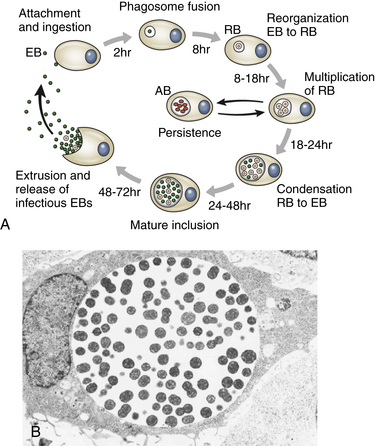
Chlamydial Infections Veterian Key

Chlamydia In Cats What It Is And What It Isn T Catster
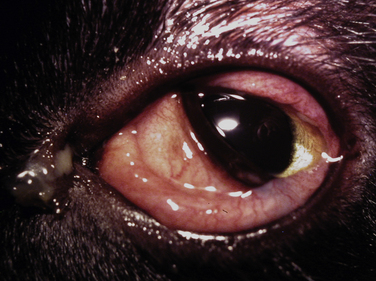
Chlamydial Infections Veterian Key

Conjunctivitis In Cats Clinician S Brief

Vaccination Of Cats Against Infectious Upper Respiratory Disease Today S Veterinary Practice

Feline Herpesvirus Infection Or Feline Viral Rhinotracheitis Vca Animal Hospitals
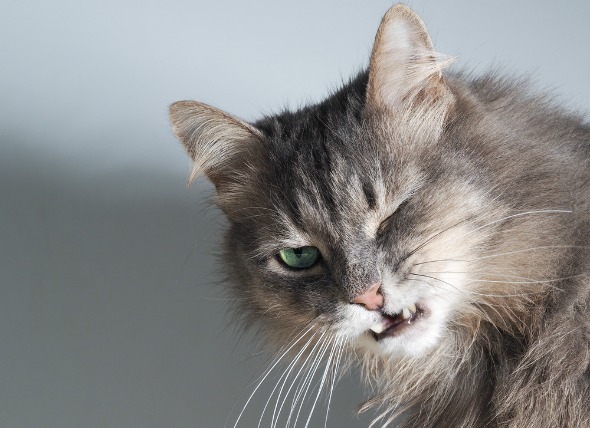
Upper Respiratory Infection Chlamydia In Cats Petmd
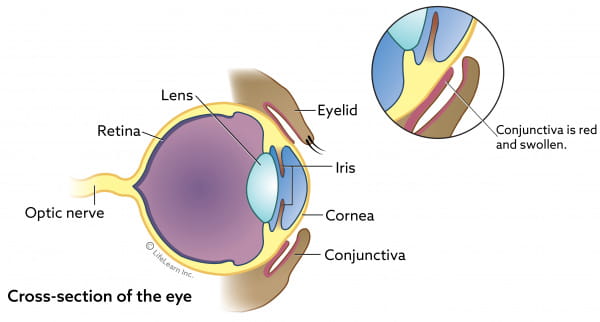
Chlamydial Conjunctivitis In Cats Vca Animal Hospitals

Upper Respiratory Infection Chlamydia In Cats Petmd

Pdf Investigation Of Chlamydophilosis From Naturally Infected Cats
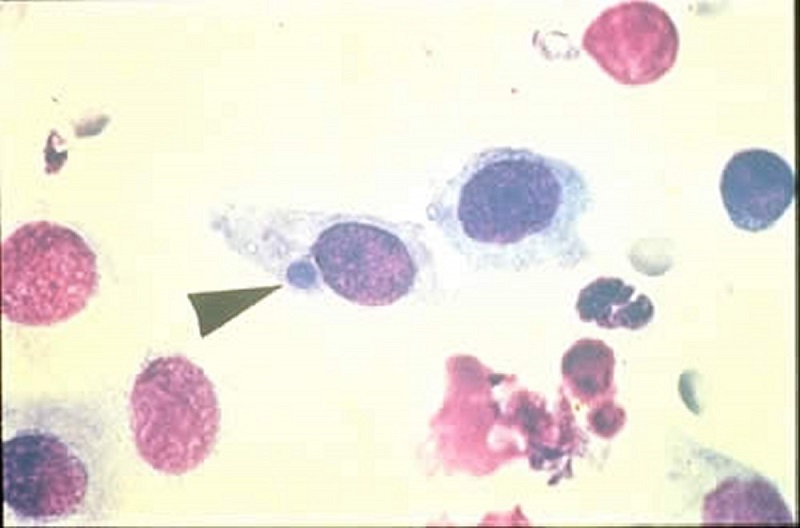
Chlamydial Conjunctivitis In Animals Eye Diseases And Disorders Msd Veterinary Manual
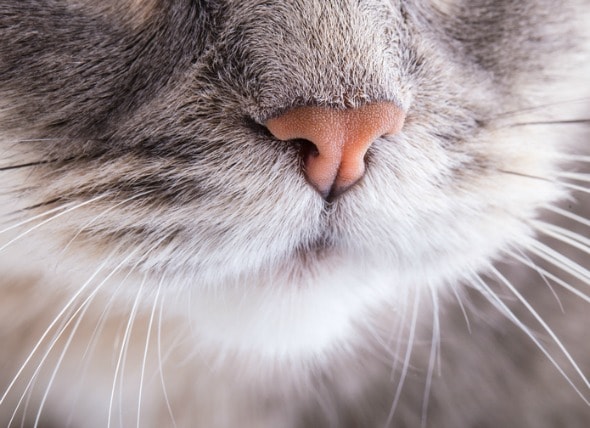
Upper Respiratory Infection Chlamydia In Cats Petmd

Chlamydophila Felis Clinician S Brief

Chlamydia In Cats What It Is And What It Isn T Catster
/Kittens-de94dd79a26540569bf7fa6326885464.jpg)
